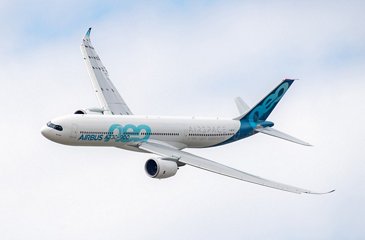Narrowbody aircraft from Boeing and Airbus dominated airline operations in 2024, underscoring their importance in both domestic and regional markets.
Data from IATA’s WATS 2024 report shows that the Boeing 737 family led the way in operational use, flying more than 10 million times last year and generating 2.44 trillion Available Seat Kilometers (ASKs).
Close behind, the Airbus A320 family which includes the A319, A320, and A321, logged 12.7 million flights and 3.30 trillion ASKs, cementing its role as a workhorse for short-to-medium-haul operations.
The Airbus A321, in particular, stood out as the most popular individual model in the A320 family, with 3.4 million flights and over 1.1 trillion ASKs, reflecting strong demand for its capacity and range flexibility.
Meanwhile, the Airbus A220 emerged as one of the fastest-growing models, posting a 21.7 percent rise in flights and a 20.4 percent increase in ASKs, thanks to its fuel efficiency and passenger comfort features that make it ideal for both niche and mainstream routes.
Airlines have increasingly leaned on these narrowbody jets to serve high-frequency, high-demand routes while managing fuel costs and optimizing fleet utilization. Their cabin layouts are also evolving, with more carriers introducing enhanced premium seating configurations to tap into the rising demand for business and first-class travel on short-haul routes.
With the global airline industry pushing for greater fuel efficiency, lower operating costs, and better passenger experiences, Boeing’s 737s and Airbus’s A320 family are set to remain the backbone of commercial fleets for years to come — a trend that is likely to continue well into the second half of the decade.













